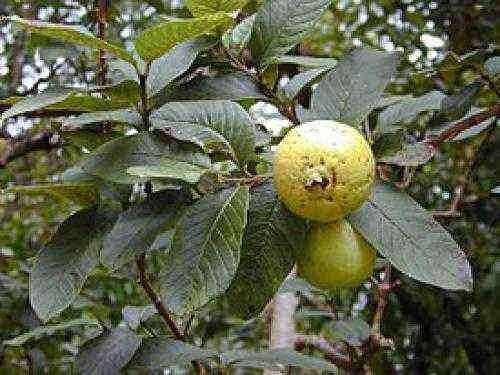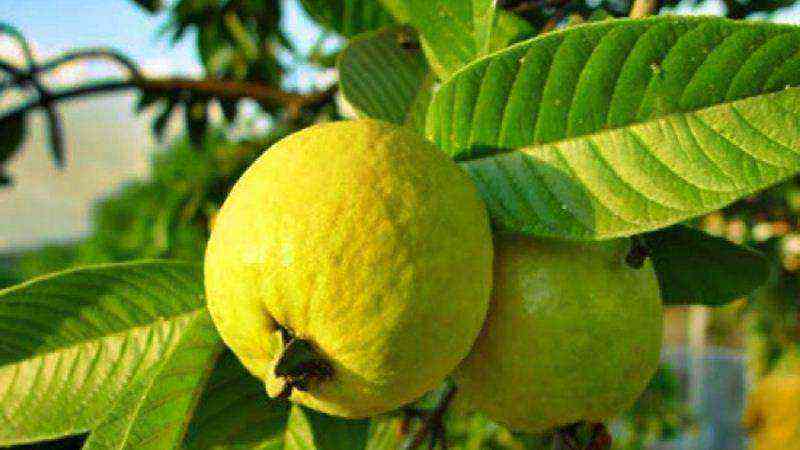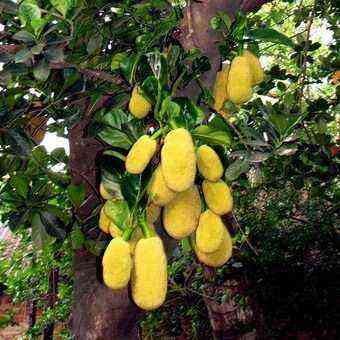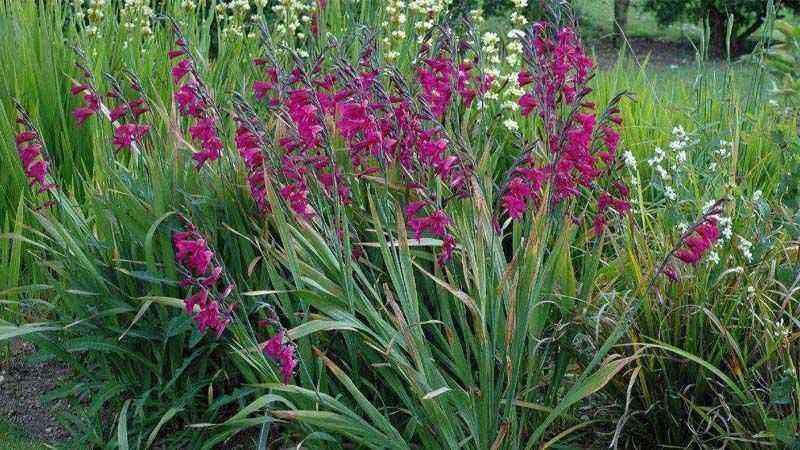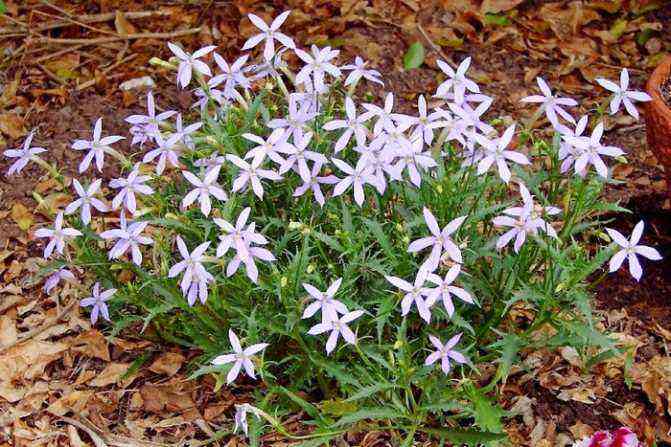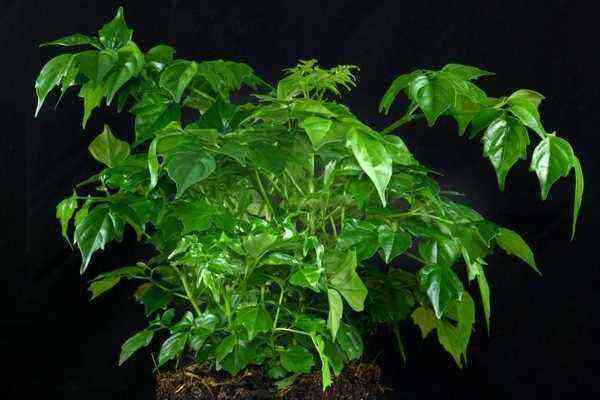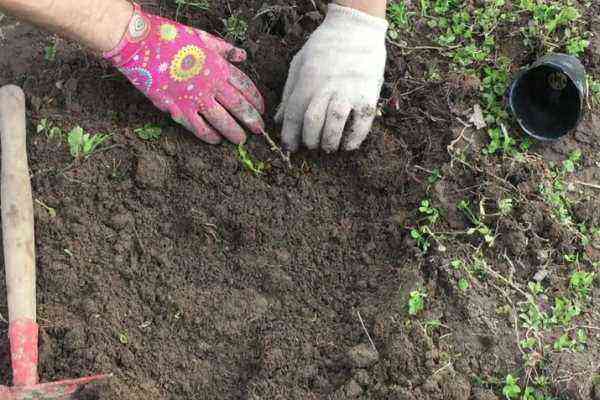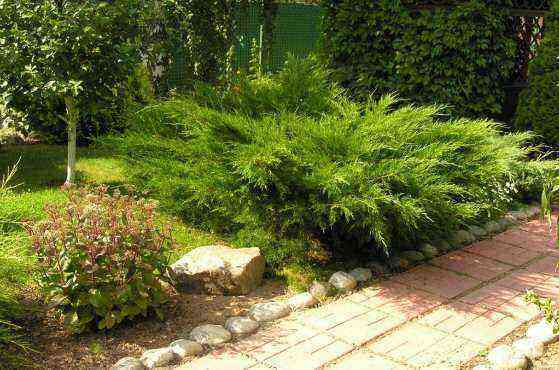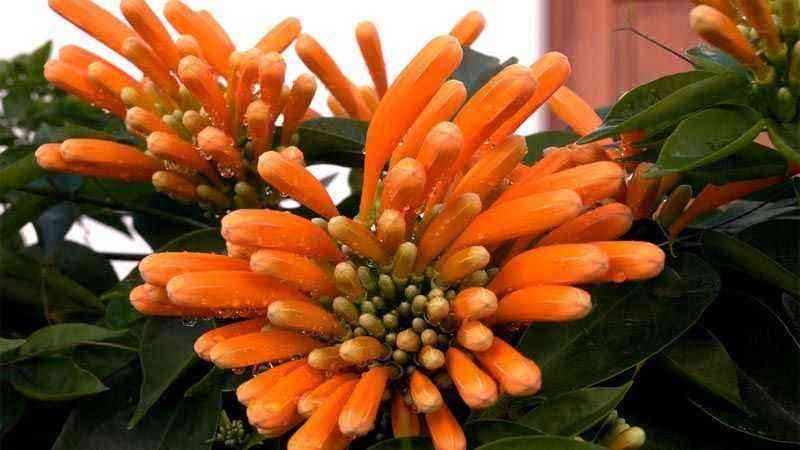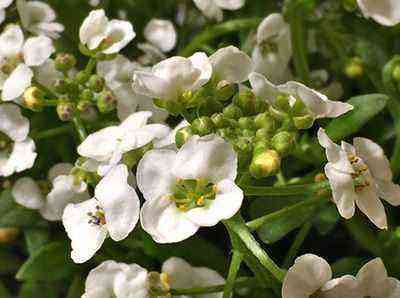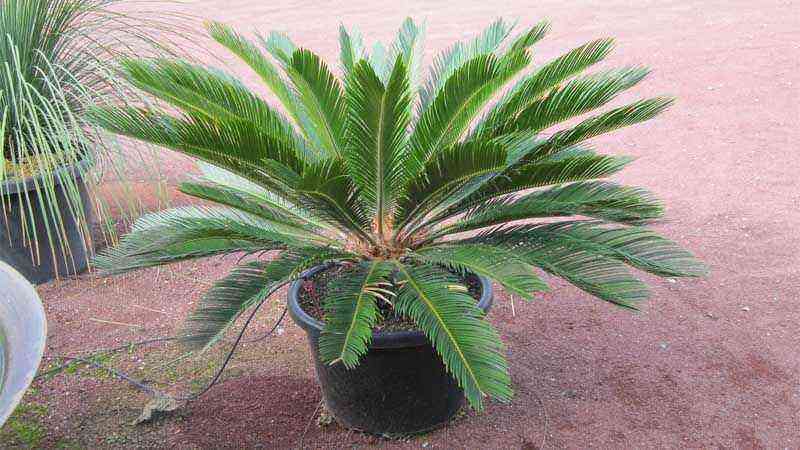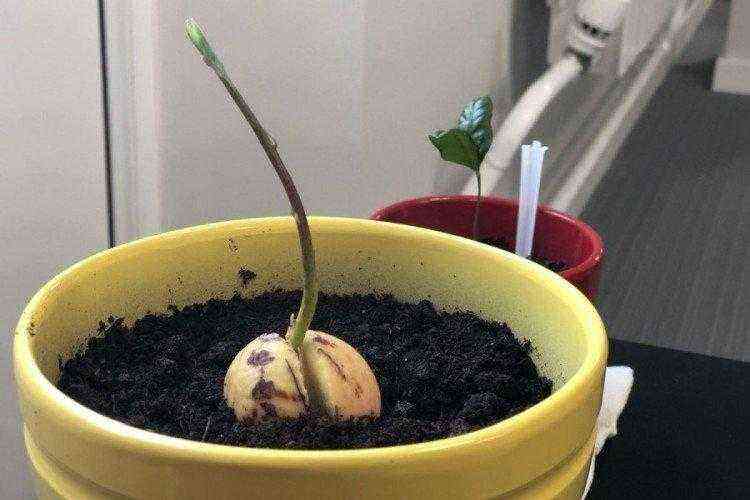We already believe that it was time to talk about a palm tree and today it is decided that the protagonist of the day is the Robust Washingtonia. We will know all the necessary data to be able to grow it in our garden and some historical details of its cultivation.
Don’t you have palm trees yet? Perfect, open your garden with the Robust Washingtonia.
Our palm garden with the Robust Washingtonia
Robust Washingtonia, also known as mexican fan palm o mexican palm tree, belongs to the family of Arecaceae, known as palms, a family of monocots.
Its appearance once the palm tree is grown is impressive, since it can reach the Meters 30 if you meet the best conditions. Its shape is quite curious, it begins with a thickened trunk that becomes thinner as it reaches height.
The shape of its leaves are reminiscent of a fan and the shape of the fruits it produces are spherical, in large quantities, blackish in color and half a centimeter in diameter. It is usually given a ornamental use, especially for subtropical and temperate climates.
Given the common name by which this palm is often known (Mexican fan palm), knowing its origin is simple. It can be found in the wild in northwestern Mexico, as it is native to there, although there are also plantations in the southern United States.
En SpainDue to our particular climate, we can also find them widely in the Mediterranean area, although there are also species in the interior.
Climatic needs of Robust Washingtonia
The Mexican palm tree needs a direct sun exposure. Keep in mind that this is the case on almost all sides, since when it reaches great heights (and thinks it is one of the fastest growing palms) nothing shadows it. However, at the beginning and just planted it tolerates a little shade, so don’t worry too much about that.
Regarding the temperature, withstands frosts down to -5 ºC and normally in that aspect there is usually no problem, and much less with respect to high temperatures, since it thinks that they are native to the American desert itself.
Soil characteristics
The handling of the Robust Washingtonia does not require special care. As for the soil, it tolerates those of a poor nature, shallow, compact, clayey, etc. But since this is not ideal, we will tell you which is the best soil.
It is the one that is deep, permeable, with a good percentage of organic matter and neutral pH or limestone. The Mexican palm is also used to growing in humid environments (walks in coastal cities) and saline.
Irrigation and fertilizer needs
A palm tree is synonymous with dry and desert environments, in which does not need a lot of water. This is true but with a qualification. Especially at the beginning of cultivation, when the palm tree is young and less resistant, we must ensure a good moisture content in the soil, with frequent waterings.
Once it grows and reaches height, the watering is reduced and it gradually gets used to dry periods. As we want the best for our palm tree in summer, we must be generous with watering, since that is when it is most appreciated and you will stimulate growth.
Regarding the subscriber, follow the same recommendations as with regard to irrigation. When it is adult it does not require the incorporation of manure or compost (although it can be recommended). When the palm tree is young, it is necessary to offer it the best care to guide it to its adult state, and one of them, apart from irrigation, is the correct fertilizer.
Mmultiplication of the Mexican palm tree
Get some species of Robust Washingtonia It is very simple and a good method to do it is through seeds. The germination power of this palm tree is powerful and usually takes about 2 months to do so. Once it acquires sufficient height it can either be transplanted to the garden (supports transplants very wells), or move it to a larger pot and keep it on the patio or inside the house.
Pruning of Robust Washingtonia
Pruning a palm tree is easy. They form a fan where it is easy to recognize which leaf is the one that we have to eliminate, depending on the height where it is.
The ideal is to achieve a symmetry of the leaves and eliminate those that are old, dry or tend downwards, obstruct the path or come in contact with other plants. A while ago we dedicated a complete article to the palm tree pruning. Take a look if you need information on pruning.

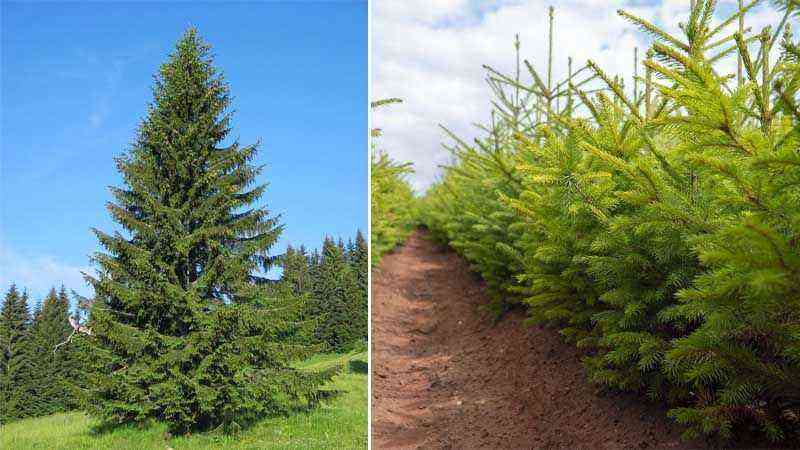


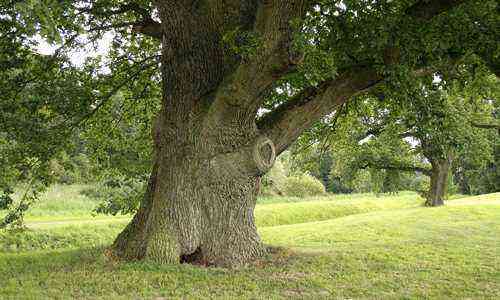
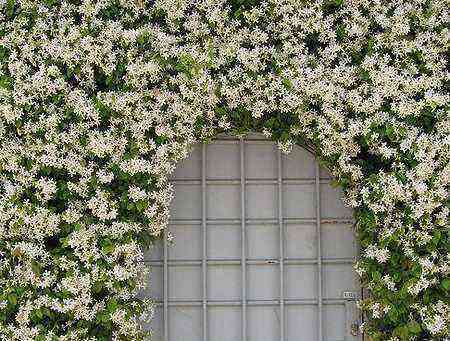
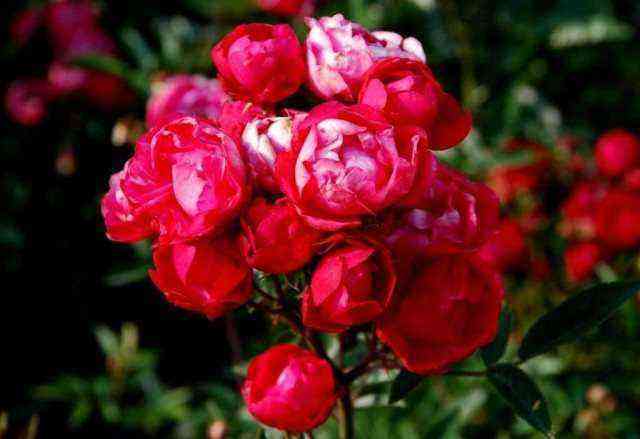
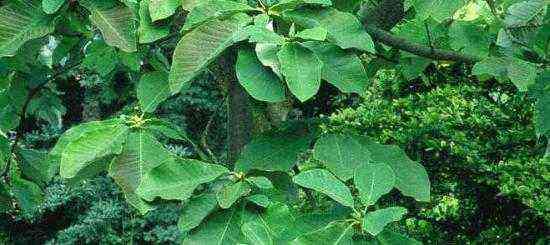
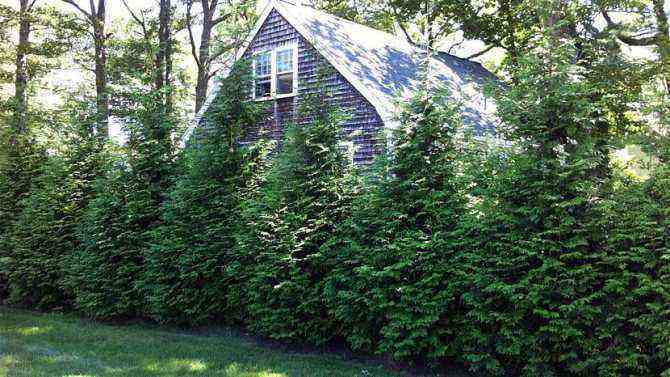
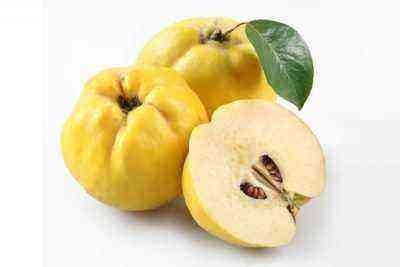

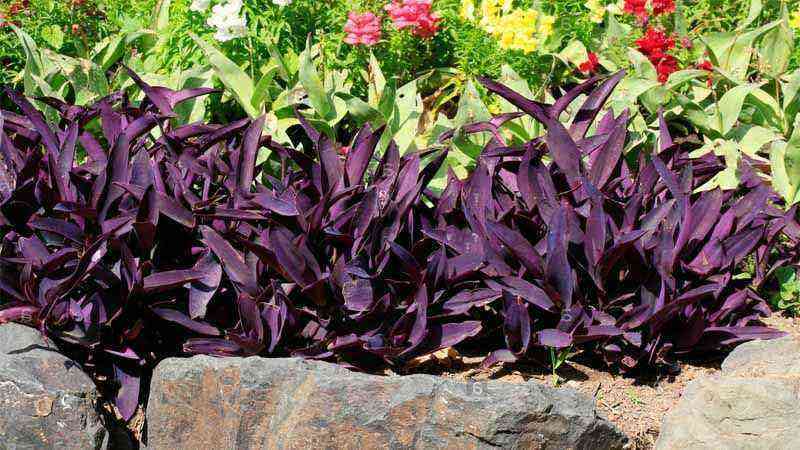
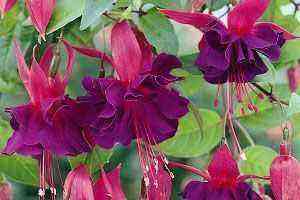

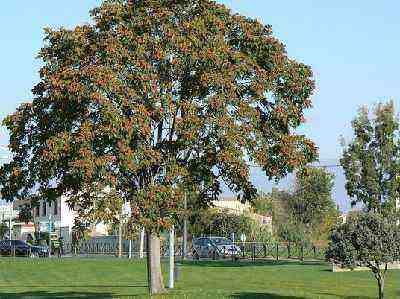
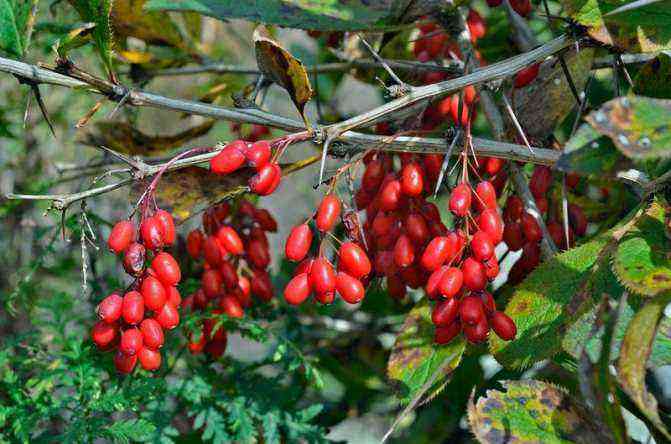
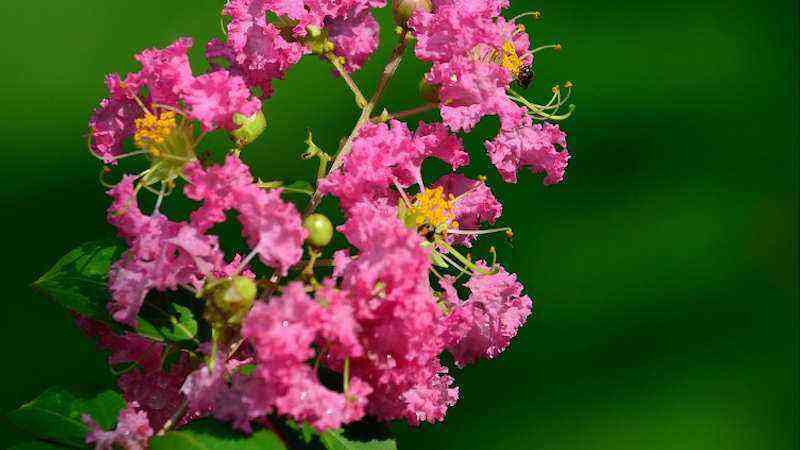


![Cultivo de Magnolia stellata [magnolia estrellada] Cultivo de Magnolia stellata [magnolia estrellada]](https://farmer-online.com/wp-content/uploads/2021/05/Cultivo-de-Magnolia-stellata-magnolia-estrellada.jpg)
